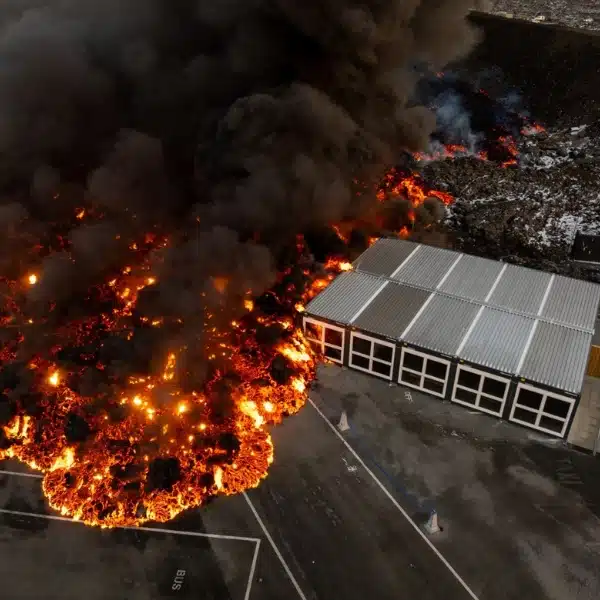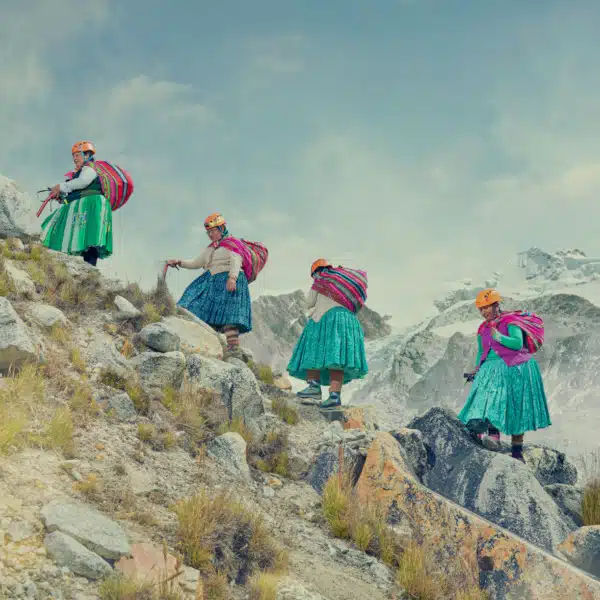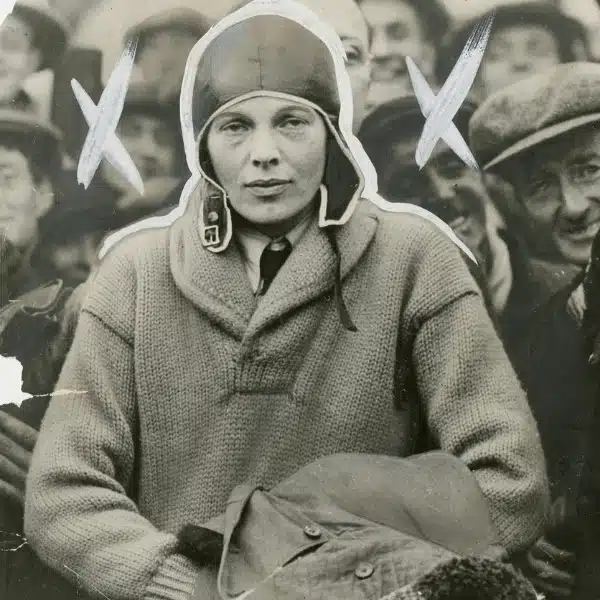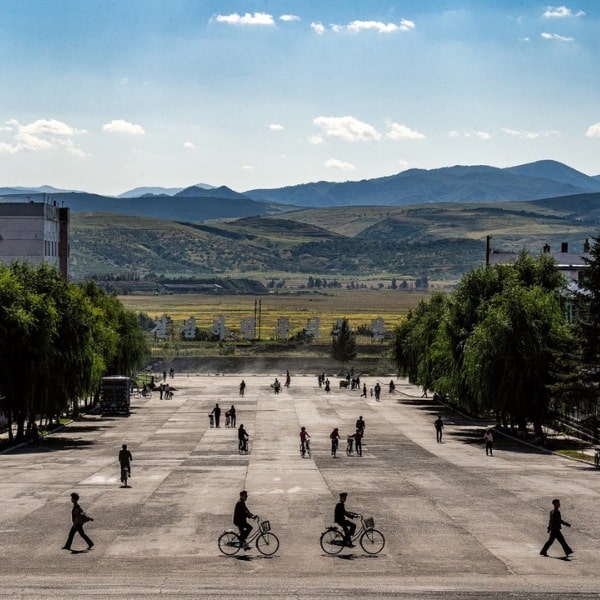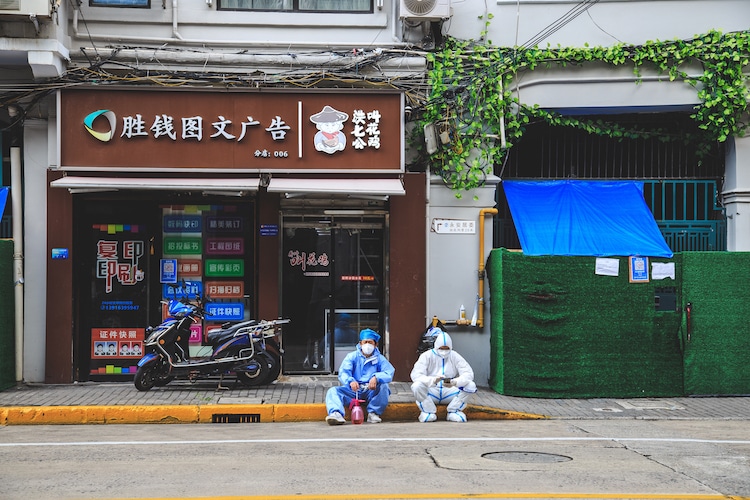
When we last caught up with American photographer Nicole Chan, it was February 2020 and the world was on the cusp of change. Chan, who has lived in Shanghai for many years, photographed the bustling city as it shut down due to COVID-19. Soon, the rest of the world would follow. Now, Chan is sharing her new reality as Shanghai is emerging from a crushing lockdown that was initially meant to last only five days, but stretched for months.
Under China's “zero Covid” policy, any positive test for the coronavirus leads to an immediate lockdown not only for the person who tested positive but all close contacts. The country's use of contact tracing and swift quarantine was heralded during the beginning of the pandemic; but, two years in, the cracks are showing. Economic concerns are beginning to bubble up, and citizens are starting to be vocal about their negative feelings in regard to the totalitarian policy.
With a clear view of the situation, Chan uses her camera to demonstrate how Shanghai—a thriving metropolis of 26 million residents—is coping. From April 1 to June 1, citizens were under strict orders not to leave their homes. And while celebrations broke out as June 1 approached, just 24 hours later several neighborhoods were under restriction once again. Though restrictions have since eased slightly, many people are still confined. This is leading to tension and protests, a rarity in this city.
Thanks to Chan's work over the course of the entire lockdown, we have a visual diary that immortalizes life during lockdown in Shanghai. We had the chance to speak with Chan right after the restrictions were lifted to get her perspective on what is happening in Shanghai and discover how people are coping with the “zero Covid” policy. Read on for My Modern Met's exclusive interview.

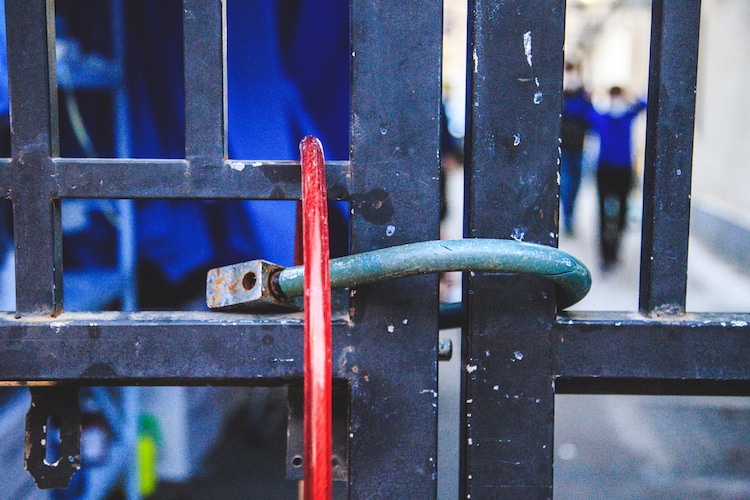

We first featured your work in February 2020, when the coronavirus seemed so far away to many of us in the States. Obviously, it's now touched everyone's lives. What's the biggest change you've seen in Shanghai since you took those first photos?
In Shanghai’s early days of the pandemic, people were encouraged to stay inside but there were no restrictions on movement. By summer of 2020, life was back to “normal.” People had returned to offices, nightlife had resumed, and there was a smug aura of victory.
Despite our return to “normalcy,” even one positive case would trigger hundreds of close contacts to be sent to hotel quarantines. This level of scrutiny is what earned Shanghai its reputation as the poster child for effective COVID management. Between the contact tracing, vaccination rate, and economic importance of the city, we naively believed that Shanghai must be immune to lockdown.
Now, we know better.
Shanghai is China’s richest, most international, and most cosmopolitan city. It is also the latest casualty of Covid Zero. Two and a half years after COVID emerged, any hope that restrictions would ease and borders reopen has dissipated. The fantasy that we overcame COVID has been violently squelched. Shanghai’s lockdown demonstrates China’s willingness to pursue Covid Zero no matter the cost. And seemingly, no matter the benefit.
As a photographer, my work in 2020 was about fear. This series is about confinement. Previously, we were scared of the virus. Now, we are scared of the government’s response to the virus. It is one of the few instances where the known is worse than the unknown.
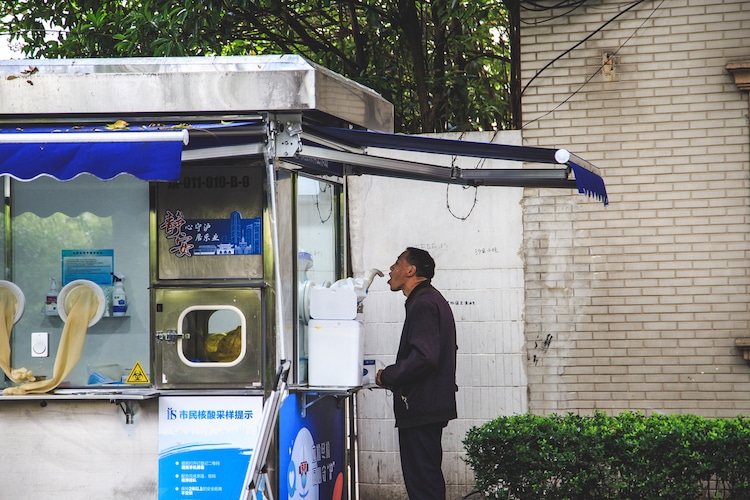
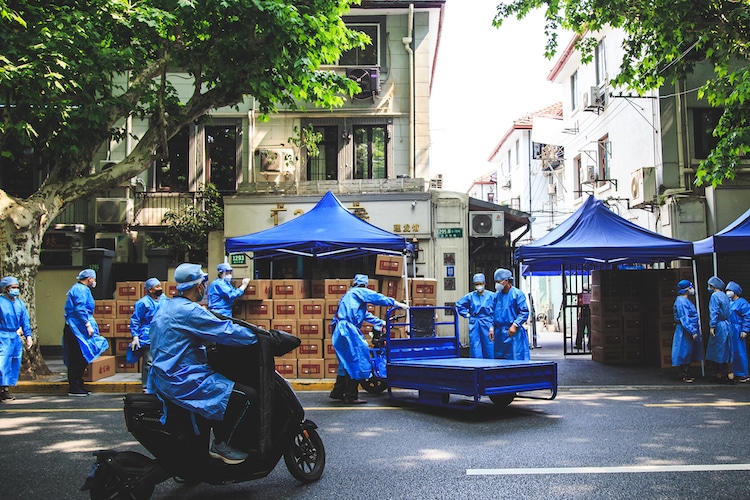
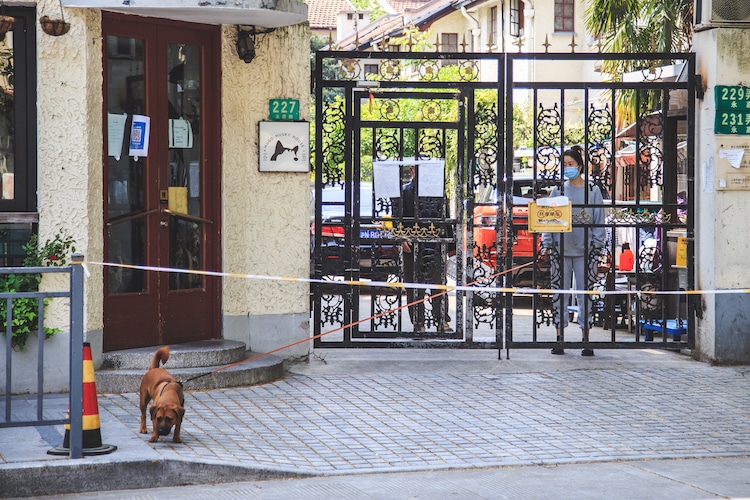
For those who may not know, can you explain the context around the new lockdown?
Shanghai entered lockdown on April 1 after reporting its highest daily number of COVID infections since the early days of the pandemic. What was originally announced as a “five-day” lockdown for testing purposes stretched into a 61-day lockdown with heavy regulations and zero transparency.
Lockdown in China is better understood as a combination between house arrest and martial law. You cannot leave your home outside of mandatory PCR testing. All shops are closed, public transportation is suspended, and local volunteers transform into prison guards. If you test positive for COVID, you will be forcibly moved to a quarantine facility. If you don’t test positive for COVID, you still might be forcibly moved to a quarantine facility for being a close contact.
Over the past two months, people have been denied critical medical care, been unable to buy food, been separated from their children, and caged into their homes. Though the citywide lockdown has been lifted, many people remain in lockdown today. The feeling of celebration has quickly devolved into suffocating anxiety that we can re-enter lockdown at any moment.
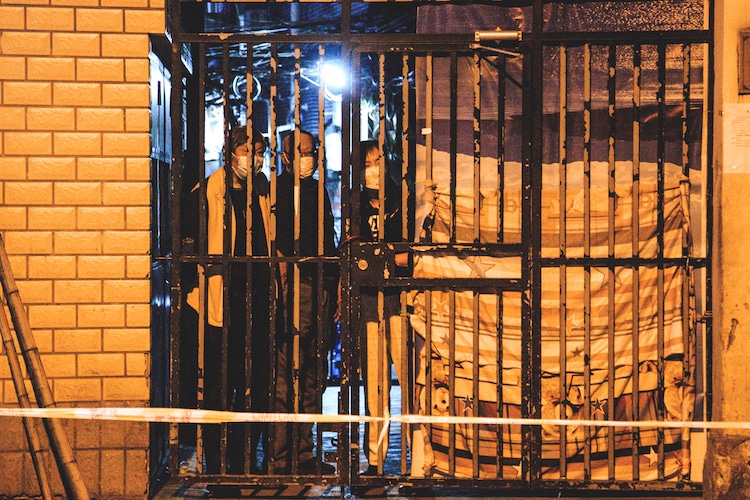
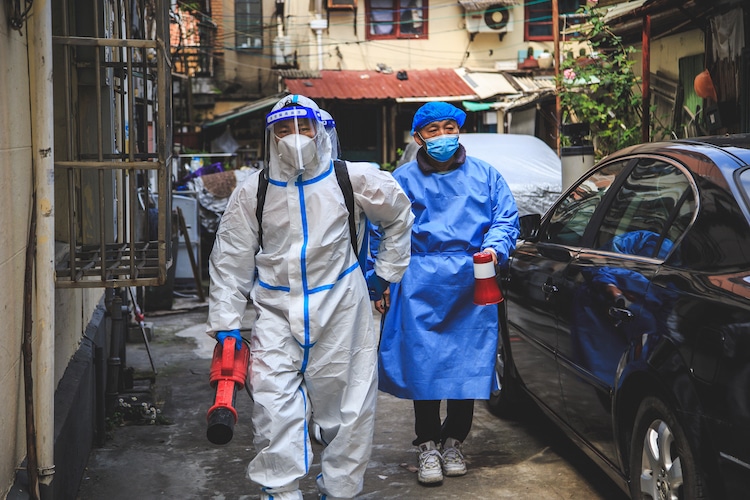
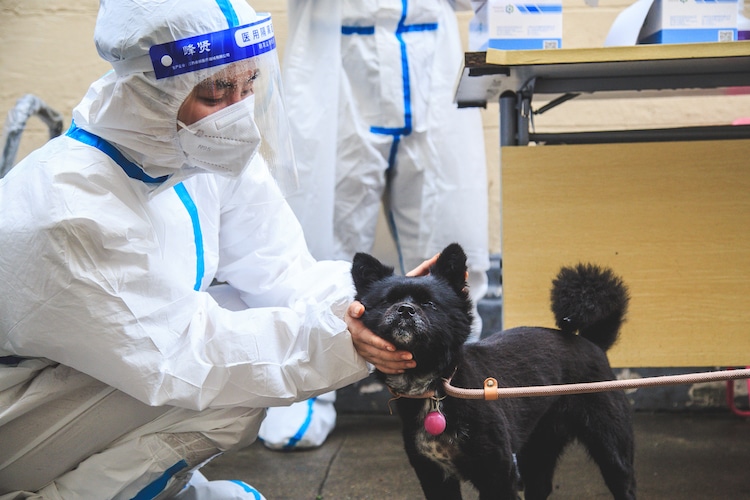
How was this latest lockdown different than what happened early in the pandemic?
Initially, there were no restrictions on mobility. People took a very cautious and serious approach to self-isolation with the 2002 SARS outbreak in mind. Now, China has a strict playbook on how to deal with outbreaks that is built on totalitarian lockdowns with aggressive mass testing. Compliance is no longer a request but a demand.
Previously, images of empty streets captured the feeling of COVID as people were confronted with the dangerous unknown. Now, images of people in captivity capture the feeling of lockdown as we are confronted with the dangerous known. Covid Zero is no longer a public health measure but an ideological battle, and we are merely collateral damage.
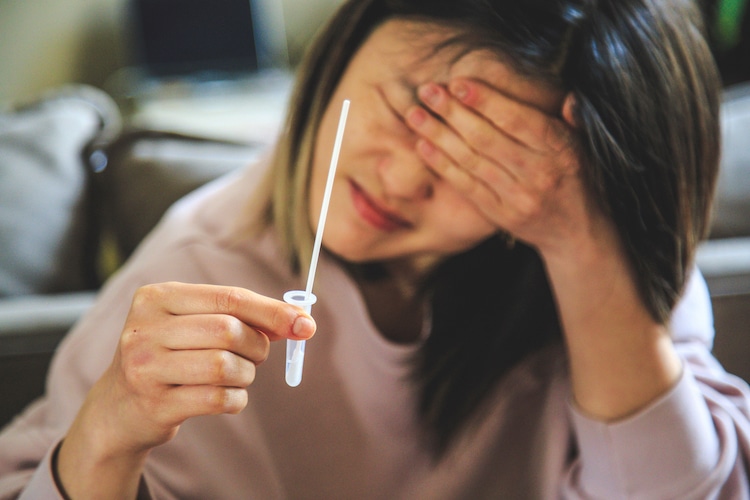
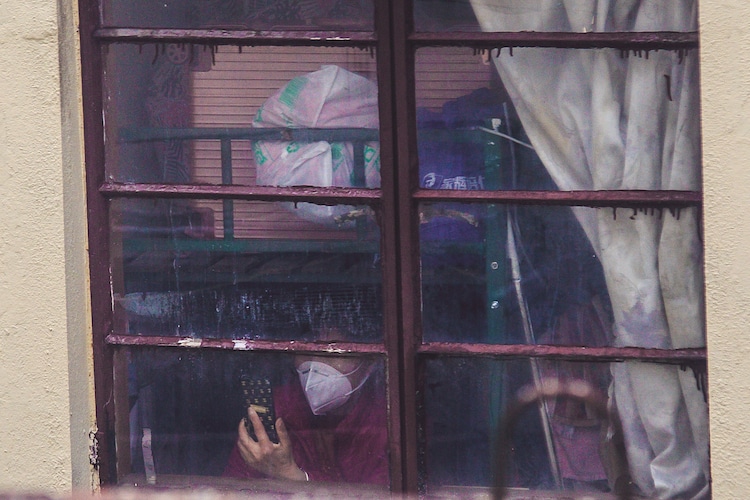
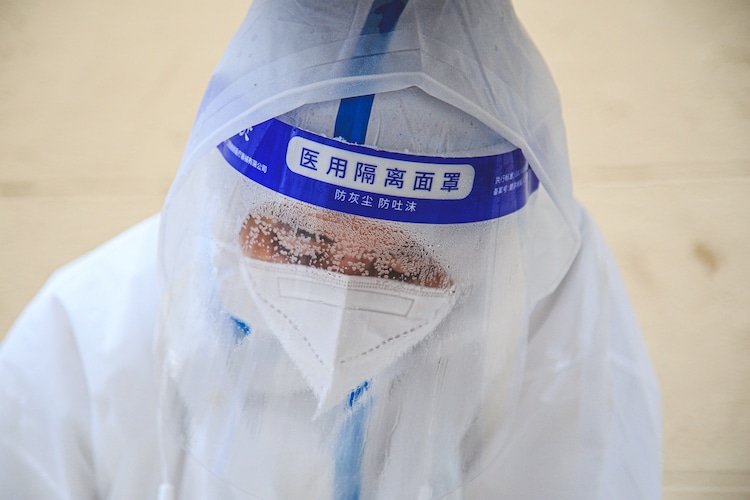
The “zero Covid” policy is very restrictive. How did you feel that people were dealing mentally with the lockdown?
It is impossible to overstate the devastating toll lockdown has on mental health. Even if you are a cheery, emotionally stable person, the feelings of isolation and entrapment will overwhelm you. You have minimal agency over your life with no end in sight. Every day is part of the same, horrible day. You marinate in stress. Regular outlets to regulate mood—perhaps a walk, exercising, or sitting at a café—are now inaccessible. Mental health resources are both understaffed and overloaded. Loneliness begets loneliness.
Our need for connection, touch, and love makes us human. Without it, we quickly become nothing.
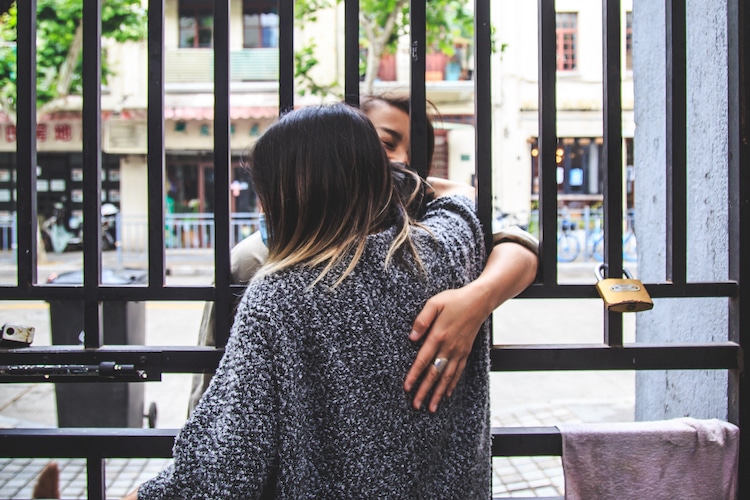
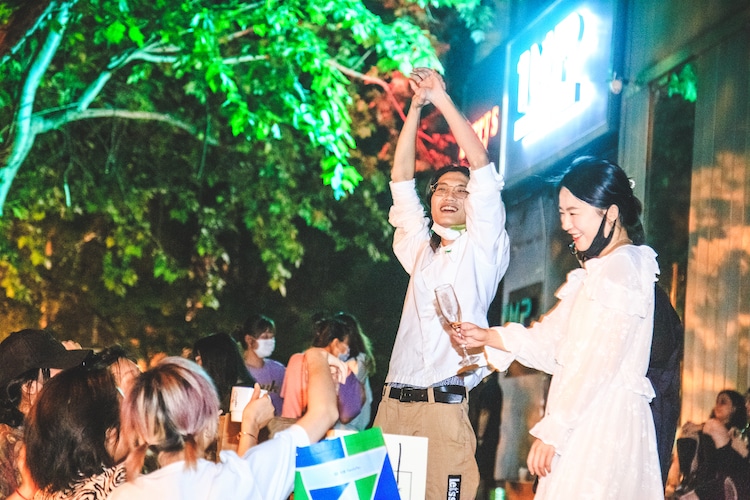
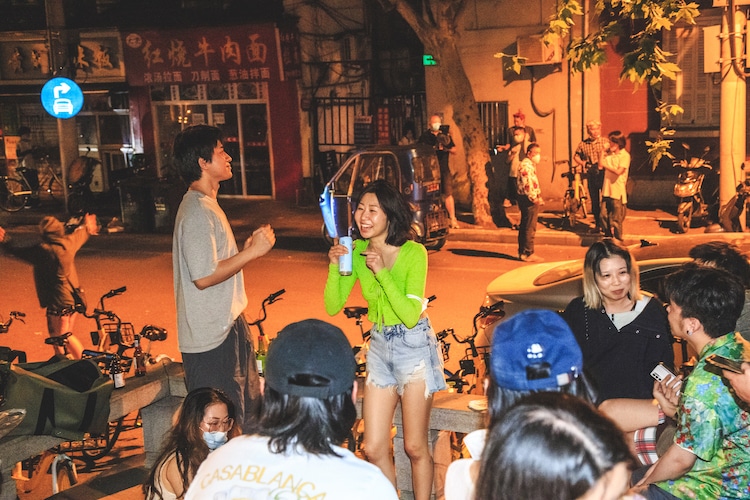
In your images, we can see some small gatherings of people. Did you feel like people were more willing to bend the rules this time?
In lockdown, there is no flexibility to “bend the rules.” You can be arrested for being uncooperative, which means you will be arrested for refusing to wear a mask, refusing a PCR test, or refusing to go to centralized quarantine. You will be arrested if caught exiting or entering a locked residential area.
There were small gatherings of people in the week leading up to reopening, as more and more people were allowed out of their compounds for a limited time. All venues were closed, so people celebrated brief reunions with makeshift curbside picnics. After photos and videos circulated of these gatherings, police quickly installed barriers along parks and sidewalks that remain today.
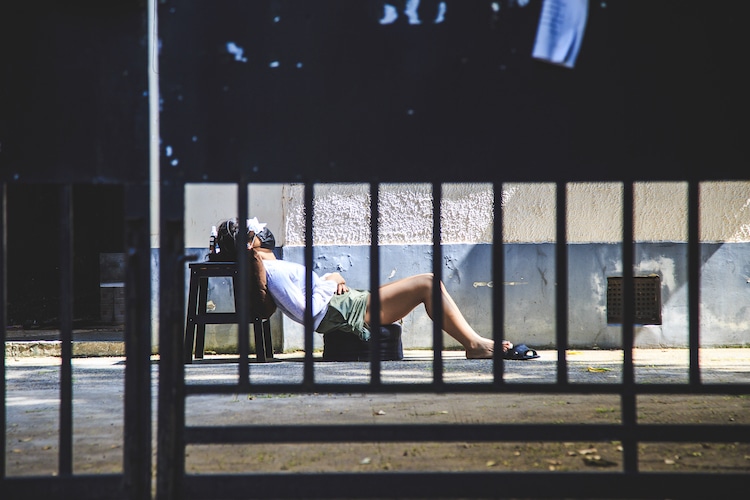

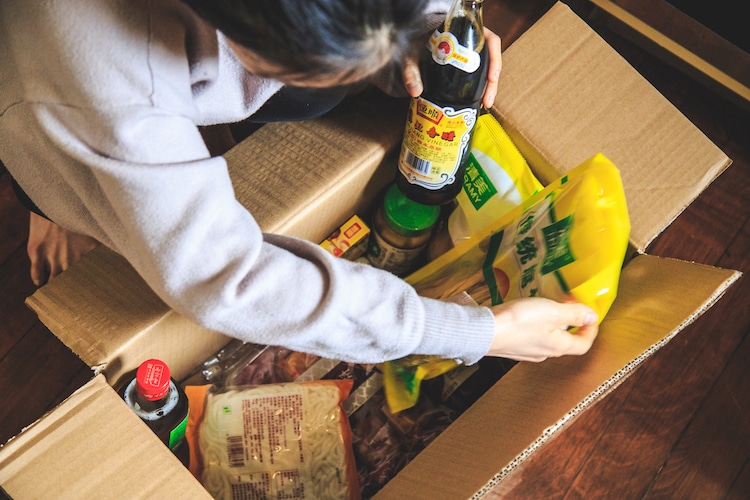
Lockdown was over on June 1, but several neighborhoods have already been closed back down just a day later. What is your sense of how people are feeling about the handling of the lockdowns? Does it make them feel safer?
Lockdown does not make people feel safer. Policymakers are incredibly opaque, and execution varies wildly. Lockdown has given birth to hundreds of mini tyrants that whimsically wreak havoc over residents’ lives. This lockdown has brought out rare instances of public protest in a deeply apolitical country where dissent carries swift repercussions.
Less than one week after “reopening,” large sections of the city have been placed back into lockdown and even bigger swaths are subjected to mandatory testing. The city continues to play whack-a-mole while the residents are forced to endure humiliation after humiliation. People are tired. People are fed up. People want basic dignity.
Nicole Chan: Website | Instagram
My Modern Met granted permission to feature photos by Nicole Chan.
Related Articles:
Artist Copes With Lockdown Fatigue by Painting Immersive Landscapes
Man Spends Lockdown Building a “Gateway to Imagination” in His Backyard
Duck Visits Same 7th-Story Balcony To Hatch Ducklings Twice During Lockdown
New Zealand Announces Its Lockdown Is Over as Last Coronavirus Patient Recovers











































































